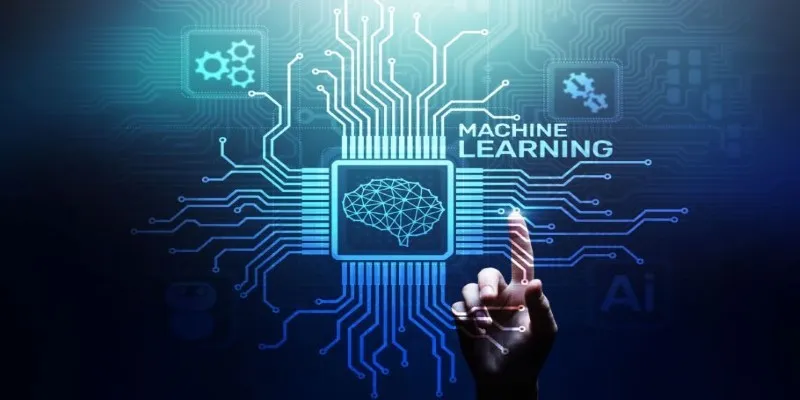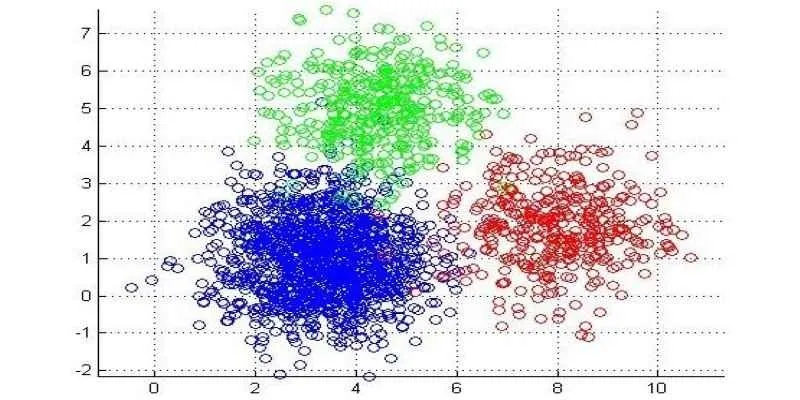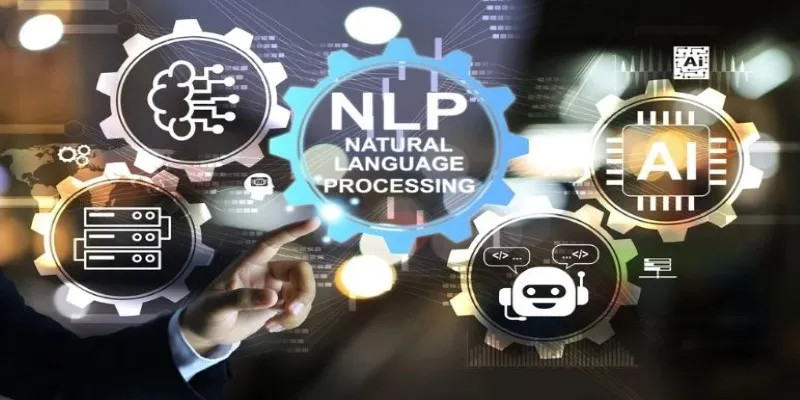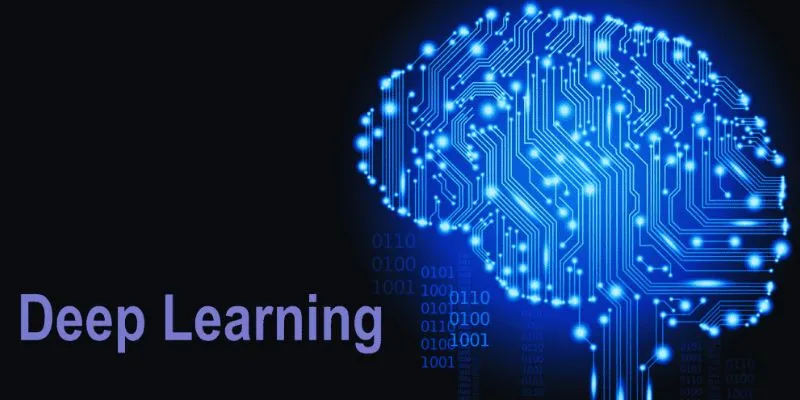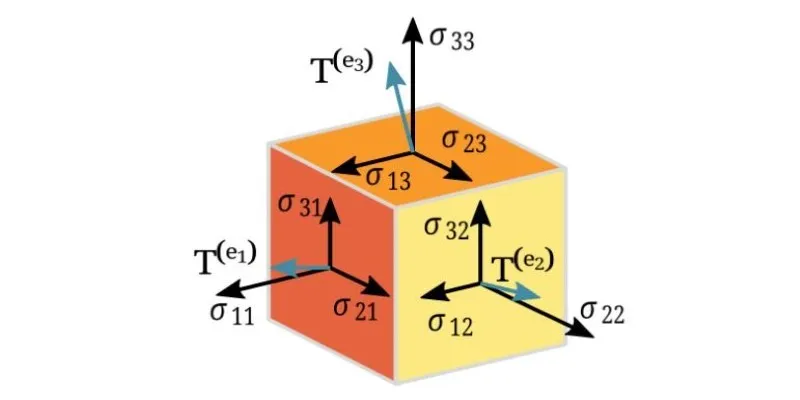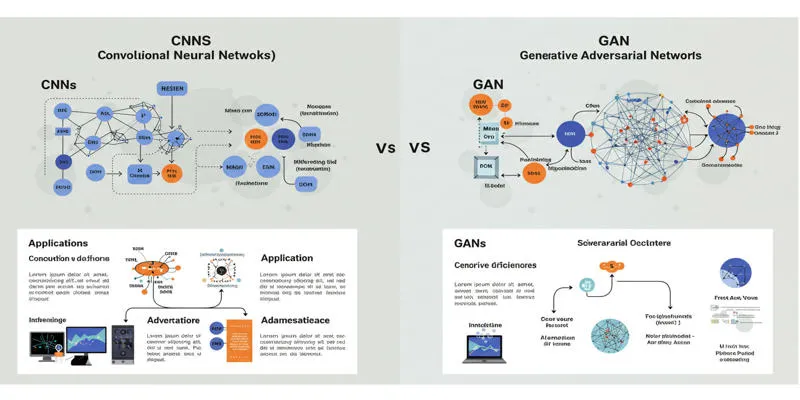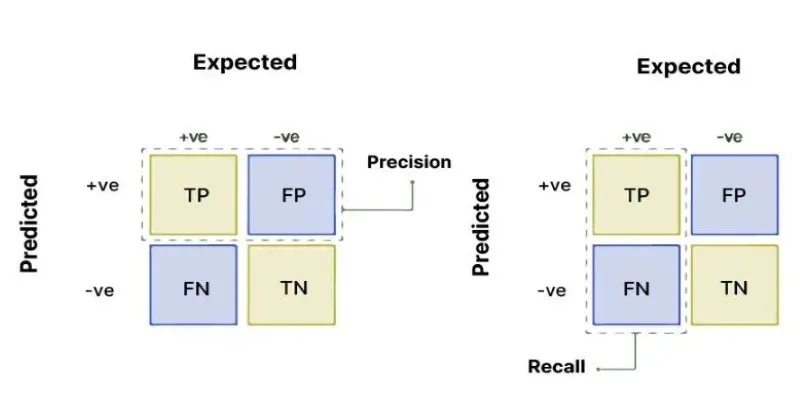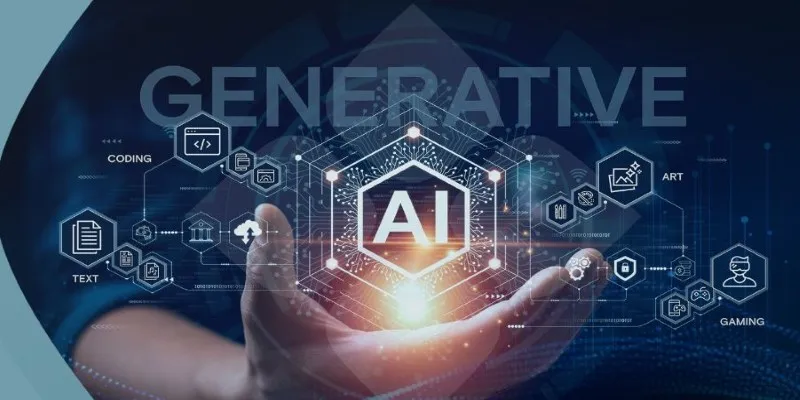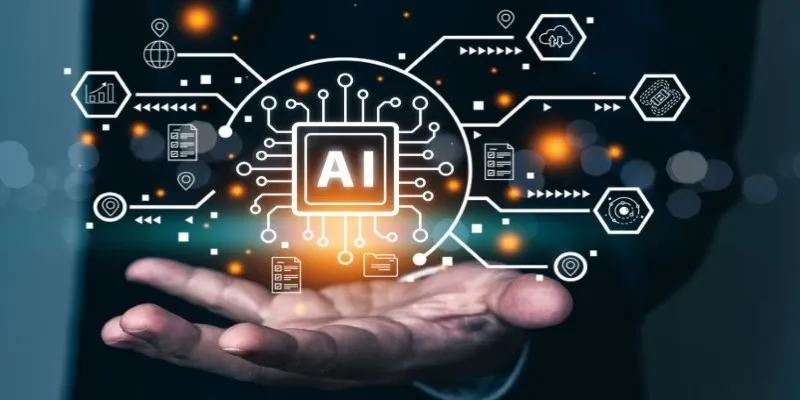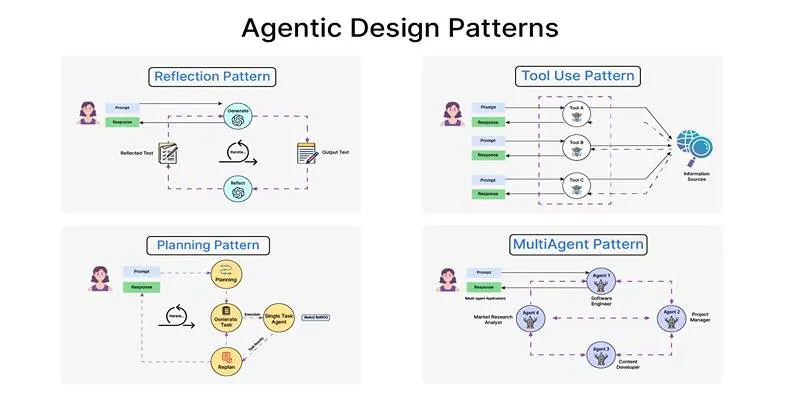Artificial intelligence is revolutionizing the global landscape, with deep learning at the forefront of this transformation. At its essence, deep learning is a subset of machine learning that emulates the human brain’s information processing capabilities. Unlike conventional algorithms that rely on explicit programming, deep learning algorithms learn patterns from vast datasets, enhancing their accuracy over time without the need for human intervention.
This capability to identify patterns, make predictions, and refine decisions has made deep learning indispensable in applications ranging from speech recognition to medical diagnostics. But how exactly do these algorithms function, and what distinguishes them from other machine learning models?
How Do Deep Learning Algorithms Work?
Deep learning is built upon artificial neural networks, which are inspired by the human brain. These networks consist of several layers, each performing a distinct role in the learning process. The first layer, known as the input layer, receives raw data—such as images, audio files, or numerical data. This data is then processed through various hidden layers, each filtering the information before passing it on to the final output layer, where a decision is made.
Each node connecting these layers has a weight, indicating the influence one neuron exerts on another. During training, the algorithm adjusts these weights to minimize errors, a process known as backpropagation. The more layers a network has, the more complex patterns it can identify. This characteristic is why it’s called deep learning, often referred to as “deep neural networks,” which involve numerous layers for more detailed analysis.
Training a deep learning model requires substantial data and computational power. Due to their reliance on pattern recognition, these algorithms must process thousands or even millions of examples to make accurate predictions. Consequently, deep learning models often utilize high-performance GPUs and cloud computing for effective training. Once trained, however, these models can deliver impressive real-time predictions.
Types of Deep Learning Algorithms
Various types of deep learning algorithms are tailored for specific tasks. Convolutional Neural Networks (CNNs) are primarily used for image processing. They analyze images by detecting patterns such as edges, colors, and textures, allowing them to classify objects or identify anomalies. This makes CNNs ideal for facial recognition, medical imaging, and even self-driving car vision systems.
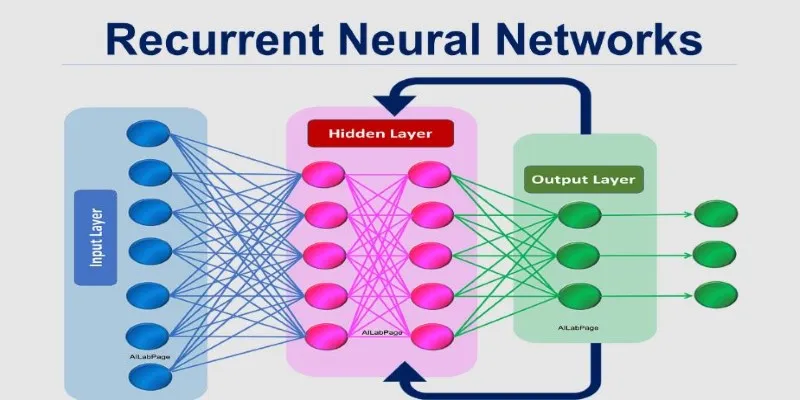
Recurrent Neural Networks (RNNs) excel in handling sequential data by retaining past information, making them perfect for tasks like speech recognition, language translation, and stock market predictions. Their memory- like ability enables them to anticipate the next word in a sentence or the next note in a musical piece.
Generative Adversarial Networks (GANs) involve two competing neural networks: one generates new data while the other evaluates its authenticity. This competition produces highly realistic images, videos, and even voice synthesis. GANs find applications in creating deepfake videos and enhancing old photographs with remarkable detail.
Transformers represent another breakthrough in deep learning. Unlike RNNs, transformers process all input data simultaneously, making them efficient for large-scale language models like ChatGPT. This parallel processing capability makes them powerful for natural language processing tasks, including text generation, question-answering, and creative writing.
Each of these deep learning models has unique strengths and limitations, collectively forming the backbone of modern artificial intelligence.
Applications of Deep Learning Algorithms
Deep learning algorithms are reshaping industries by automating complex tasks and enhancing decision-making. In healthcare, AI-powered diagnostic tools analyze medical scans to detect diseases like cancer earlier and with greater accuracy, supporting doctors in delivering more effective treatments and improving patient outcomes.
In the finance sector, deep learning enhances fraud detection by identifying unusual spending patterns in real-time. Automated trading platforms also use these algorithms to forecast market trends and optimize investment strategies, boosting efficiency while minimizing risk.
The automotive industry is undergoing a significant transformation with self- driving technology. Deep learning enables autonomous vehicles to process sensor data, recognize traffic signals, and detect pedestrians, making real- time driving decisions that enhance road safety.
In the entertainment industry, deep learning is making a substantial impact. Streaming services utilize AI to analyze user preferences and recommend content, while AI-powered tools generate music, edit videos, and even create digital actors for films and games.
However, deep learning presents challenges, including data requirements, transparency issues, and bias. As AI models learn from historical data, they can inadvertently perpetuate discrimination. Researchers are actively addressing these concerns to ensure AI remains ethical and beneficial across industries.
The Future of Deep Learning
Deep learning has already transformed industries, but its full potential is still being realized. With ongoing advancements in computing power and data availability, AI models will become more intelligent, capable of reasoning, and solving complex problems with minimal human input.
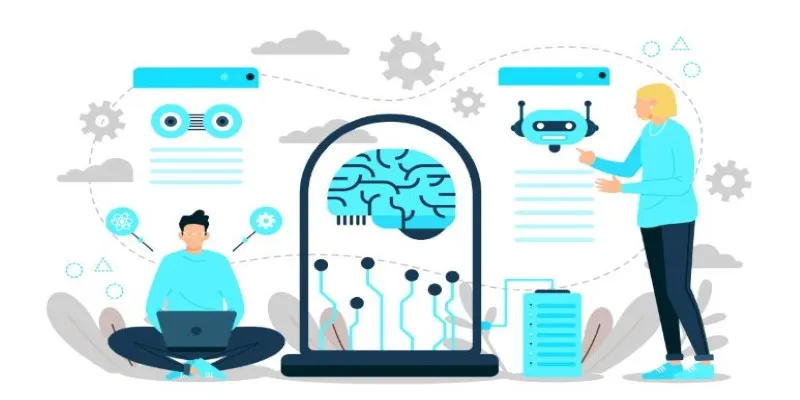
A promising direction is the integration of deep learning with reinforcement learning, enabling AI to learn through trial and error like humans. This could lead to robots acquiring new skills without extensive pre-labeled data. Another innovation is neuromorphic computing, which mimics the brain’s processing, making AI models faster and more efficient.
Despite challenges like data dependency and ethical concerns, the impact of deep learning will continue to grow. From healthcare to autonomous vehicles, it will drive innovation, making AI more accessible and transformative. As research advances, deep learning algorithms will become more sophisticated, reshaping industries and everyday life in ways we are only beginning to imagine.
Conclusion
Deep learning algorithms have revolutionized technology, enabling AI to recognize patterns, predict outcomes, and solve problems with minimal human input. From healthcare to self-driving cars, these neural networks enhance efficiency and decision-making across various industries. However, challenges like data demands, transparency, and bias remain. As AI research progresses, deep learning will become even more advanced, pushing the boundaries of machine intelligence. The journey is far from over, and its impact will only continue to expand in the years ahead.
 zfn9
zfn9

